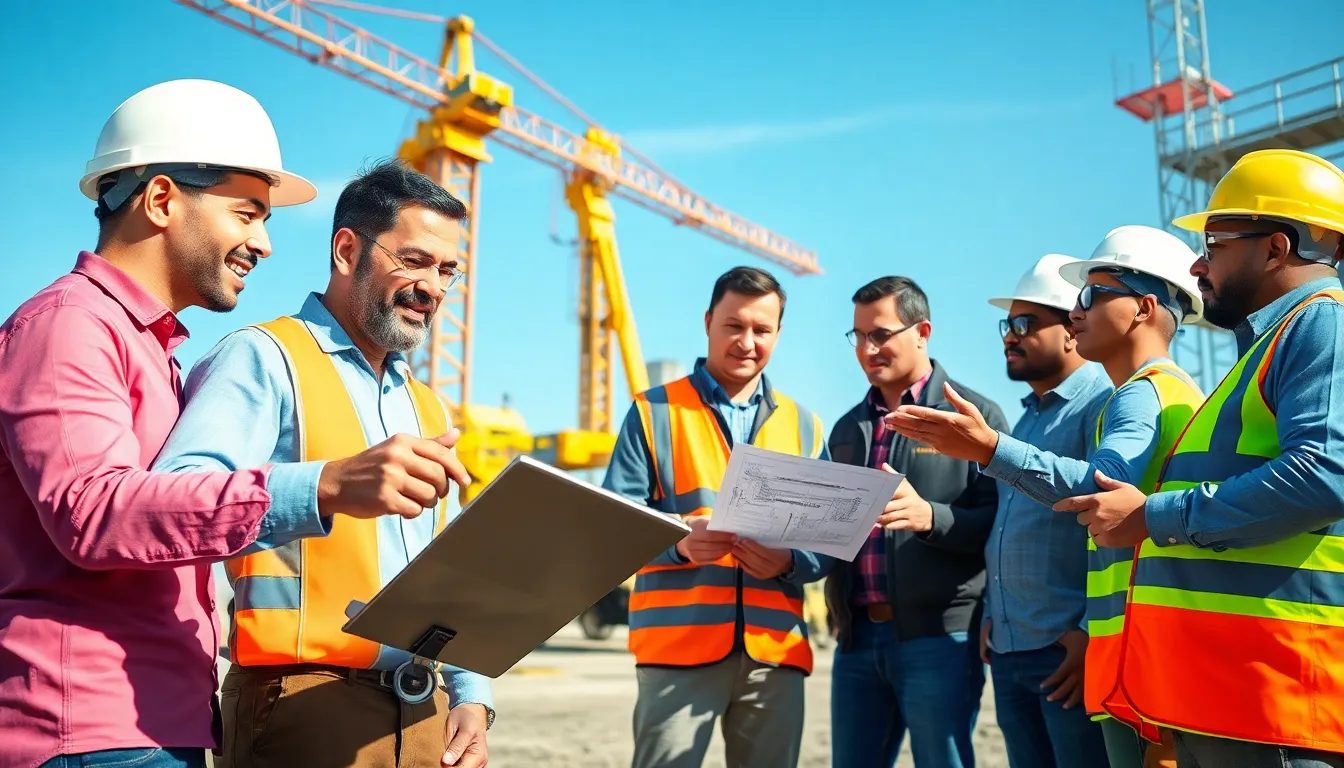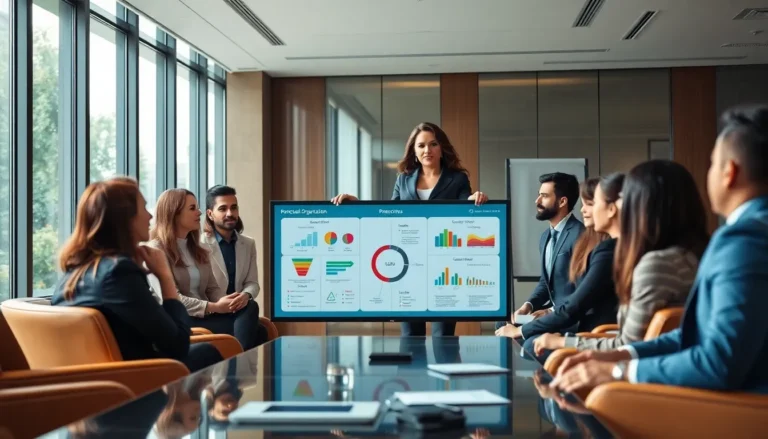Did you know that a well-functioning team can make or break a construction project? That’s right. When it comes to building skyscrapers or bridges, you’re not just constructing structures, you’re crafting a cohesive unit that can navigate challenges with grace. If you’re ready to learn how to build your team better than an architect drafts plans, then buckle up. This article explores the essentials of team building in construction, offering you the blueprint for success.
Table of Contents
ToggleUnderstanding Team Building in Construction

In the realm of construction, team building isn’t just a corporate buzzword: it’s a pivotal aspect of project success. When individuals come together, each brings unique skills and perspectives. This blend can turn a group of workers into a powerhouse of innovation and problem-solving. Think about it: a construction project often comprises architects, engineers, laborers, and managers. Each role is critical, and understanding how these roles interact defines the overall project efficiency.
Constructing a strong team starts with integrating these diverse talents and expertise. It’s not just about assigning tasks, but about forging a shared vision that aligns everyone’s efforts toward common goals.
Importance of Team Cohesion in Construction Projects
Navigating the complexities of a construction site is like trying to solve a Rubik’s Cube made entirely of concrete. Team cohesion is essential to tackle unforeseen challenges. When team members collaborate effectively, projects finish on time and within budget, an achievement every project manager covets.
The chemistry among team members fosters open communication and trust, essential ingredients for a positive work environment. Research indicates that teams that gel experience a significant reduction in conflicts and misunderstandings, directly impacting productivity. A cohesive team doesn’t just work together: they support each other, share insights, and innovate, ensuring that challenges become merely stepping stones.
Key Strategies for Effective Team Building
When it comes to shedding light on effective team building strategies in construction, a few solid principles emerge.
Role of Communication in Team Success
Good communication is the foundation of any successful construction project. It ensures that everyone is on the same page and can swiftly address issues as they arise. Regular meetings, open-door policies, and feedback loops can significantly enhance clarity among team members. This way, workers don’t just play a role: they feel valued and heard.
Leveraging Technology for Better Collaboration
In today’s digital age, technology acts as the glue that holds teams together. Project management software and collaborative tools can streamline workflows. Whether it’s document sharing or real-time updates, utilizing tech makes it easier for teams to collaborate, especially on sprawling job sites.
Conflict Resolution and Team Dynamics
Conflict is inevitable when working in dynamic environments. But, handling it correctly can also strengthen team dynamics. Establishing ground rules for conflict resolution creates a culture of accountability. Team members can express disagreements constructively, leading to innovative solutions rather than stagnation.
Activities and Exercises for Building Strong Teams
So, how can one foster teamwork on a construction site? Engaging in team-building activities can strengthen the bonds between workers. Simple exercises like trust falls or problem-solving tasks promote cooperation.
Workshops that hone skills in communication or conflict resolution can also be beneficial. These activities nurture camaraderie, ensuring that when pressures rise on-site, the team functions like a well-oiled machine. And let’s not forget about the importance of celebrating successes, be it finishing a project or achieving safety milestones. Recognizing individual and team accomplishments boosts morale and motivation.
Evaluating Team Performance in Construction
Assessing team performance might sound like something only managers care about, but involving the entire team in this process can be enlightening. Regular assessments provide critical insights into areas where the team excels and where it could benefit from improvement. Techniques such as peer reviews and feedback sessions encourage members to reflect on their contributions and growth.
Also, metrics such as project completion times and adherence to budgets can serve as tangible indicators of team effectiveness. Not only does this acknowledgment allow for the surfacing of issues, but it also leads to enhanced motivation as teams strive for improvement.



